9 start with B start with B
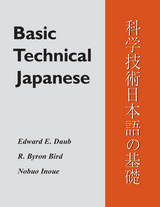
Even if you have had no Japanese-language training, you can learn how to translate technical manuals, research publications, and reference works. Basic Technical Japanese takes you step by step from an introduction to the Japanese writing system through a mastery of grammar and scientific vocabulary to reading actual texts in Japanese. You can use the book to study independently or in formal classes.
This book places special emphasis on the kanji (characters) that occur most often in technical writing. There are special chapters on the language of mathematics and chemistry, and vocabulary building and reading exercises in physics, chemistry, biology, and biochemistry. With extensive character charts and vocabulary lists, Basic Technical Japanese is entirely self-contained; no dictionaries or other reference works are needed.
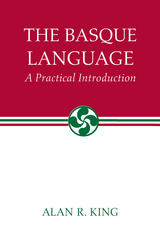

Beginning Hindi is designed to help first-year learners acquire the language by using it in real-life situations. The book and its accompanying audio files–available on the Press website–include clear explanations of language structures, engaging activities, and an organizational format that makes it easy to chart student progress.
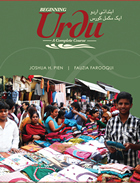
eTextbooks are now available through VitalSource.com!
Beginning Urdu is a complete first-year textbook designed to help learners acquire the language by actively using it in real-life situations. The book and its accompanying audio files–available on the Press website–contain all that is needed to complete one full year of study, including clear explanations of language structures; useful, fun, and engaging activities; and an organizational format that makes it easy to chart student progress.
FEATURES• Develops all four skills—listening, speaking, reading, writing—through a wide range of tasks and activities, including role plays, games, and short conversations• Beautifully illustrated with full-color, authentic images and written in an accessible style• Introduces the sound system and script of Urdu• Organized around functional themes such as home and family, everyday life, the marketplace, personal responsibilities, and travel• Features straightforward grammatical explanations and topically organized vocabulary lists for each of the 34 chapters• Integrates cultural information within the thematic units and also presents culture through aphorisms, poetry, and photographs• Provides an activity set for each unit along with review activities, including tips for increasing fluency and sets of questions to help personalize learning• Contains Urdu–English and English–Urdu glossaries • Includes three appendices—Urdu numbers, additional grammatical structures for moving to advanced levels of proficiency, and a suggested syllabus Beginning Urdu covers approximately 150 contact hours and is designed to bring learners to the ACTFL proficiency level of mid- to high-intermediate in all four skills. The book also serves as a valuable resource for independent learners.

A Companion TextforLike Water for Chocolate is made up of six units, each covering two chapters in the novel. Every unit contains a preview section, free writing exercises, a short glossary (to help with Spanish words), comprehension quizzes, vocabulary exercises and summarizing exercises, a section devoted to response journals, and topics for discussion. The "Beyond the Novel" section includes facts about U.S. and Mexican history and folk tales. Illustrations throughout the book help to engage students and offer visual support for reading comprehension.
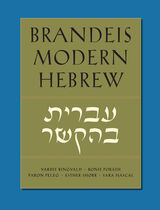
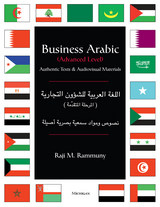
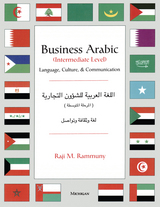
The volume expects students to have control of basic vocabulary and grammatical structures that are typically covered in the first two years of Arabic instruction. Grammatical notes are given for review purposes, where necessary.

Written for intermediate to advanced students of Japanese, this book focuses on the language used in real-life business situations, giving students both the linguistic skills and the practical information they need to conduct business in Japan.
More than a guide to language and vocabulary, Business Japanese emphasizes critical thinking and cultural awareness. The book covers Internet and other technical terminology, numbers, and the phrasing of corporate documents. In addition to language elements, the authors provide a short course in the cultural learning that takes place when Americans do business in Japan, discussing topics such as interpersonal dynamics and communications styles. The book also uses the case-study method commonly accepted in business schools. Appropriate for content-based courses as well as the independent student, Business Japanese is not only an effective language text but also an intercultural handbook.
READERS
Browse our collection.
PUBLISHERS
See BiblioVault's publisher services.
STUDENT SERVICES
Files for college accessibility offices.
UChicago Accessibility Resources
home | accessibility | search | about | contact us
BiblioVault ® 2001 - 2024
The University of Chicago Press









